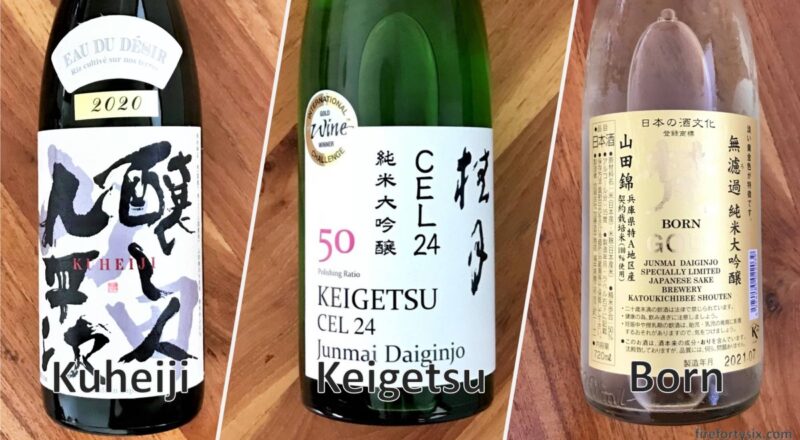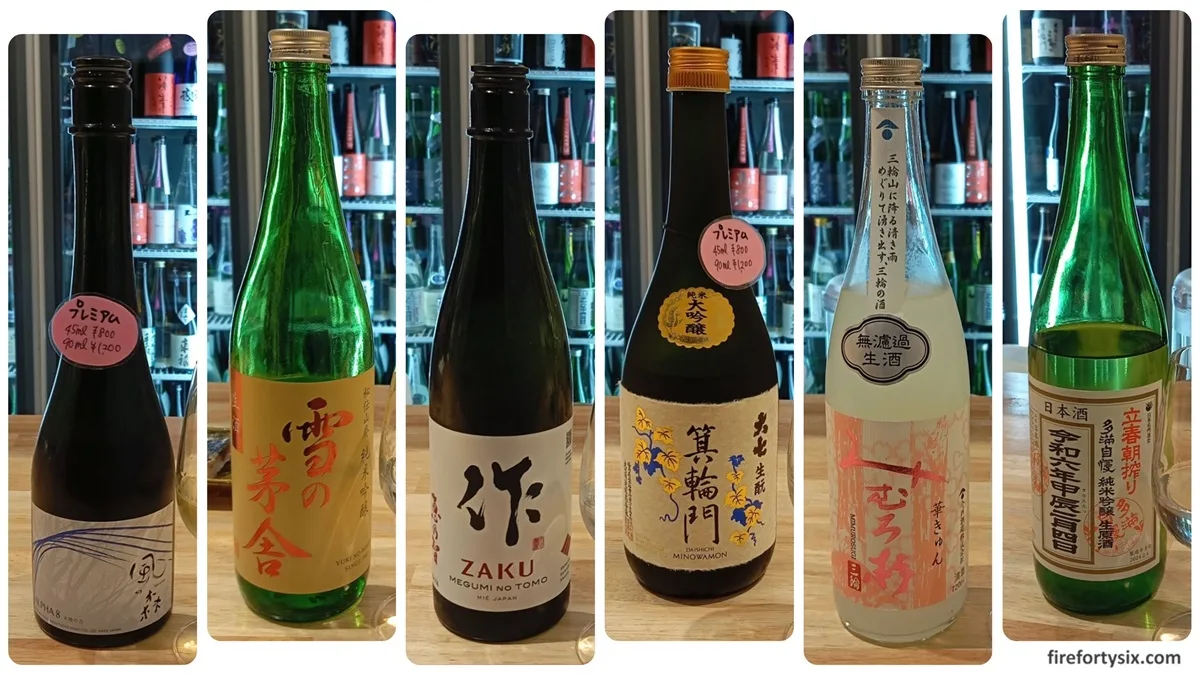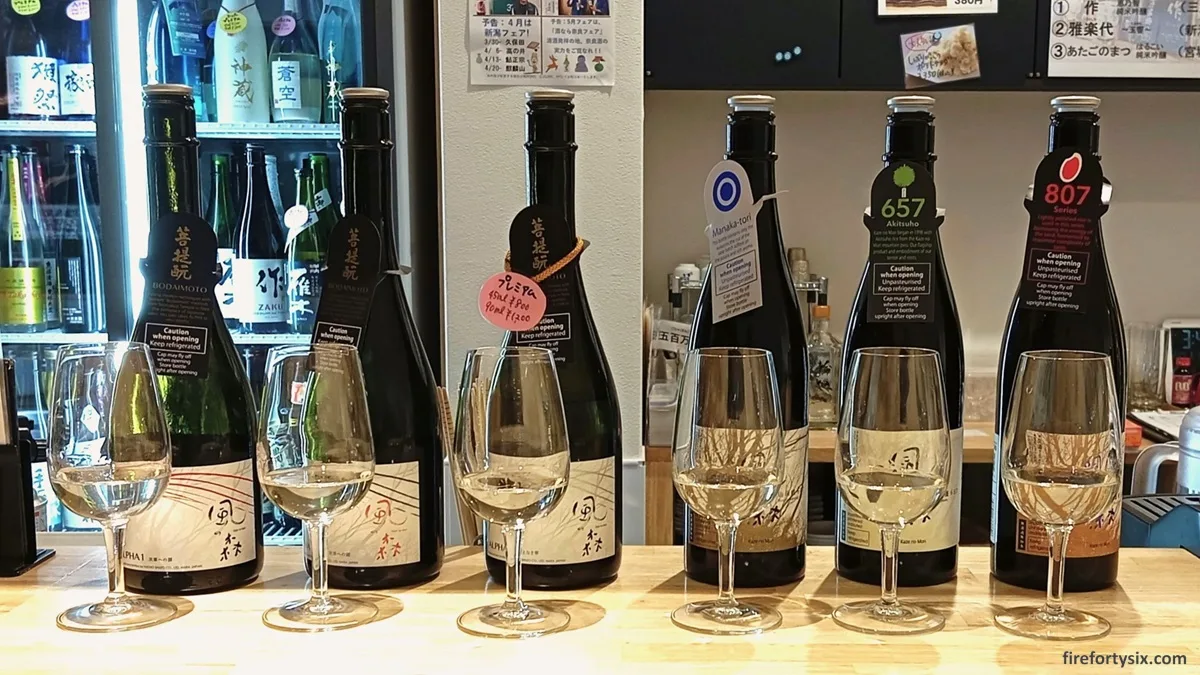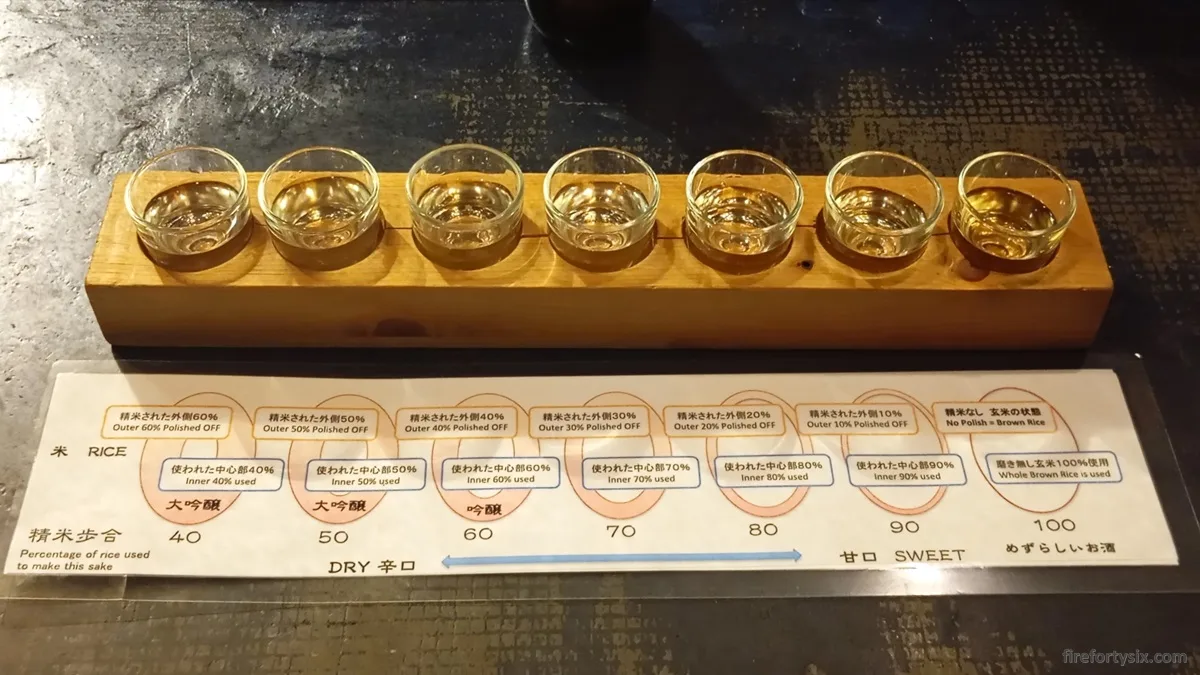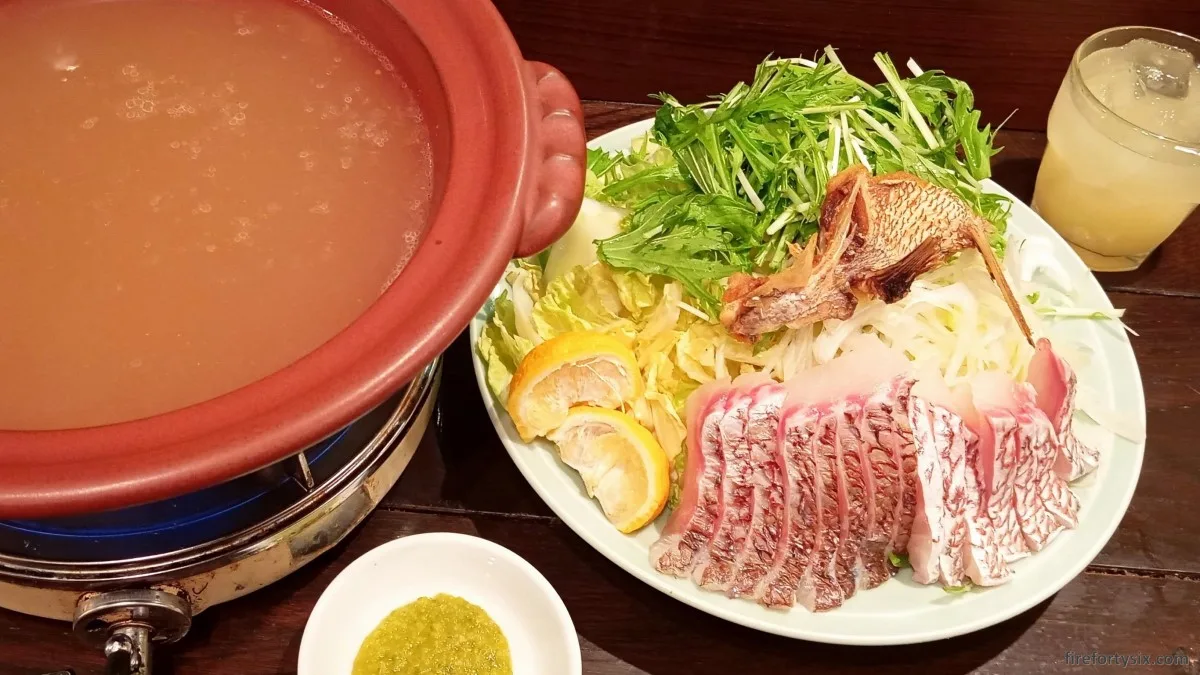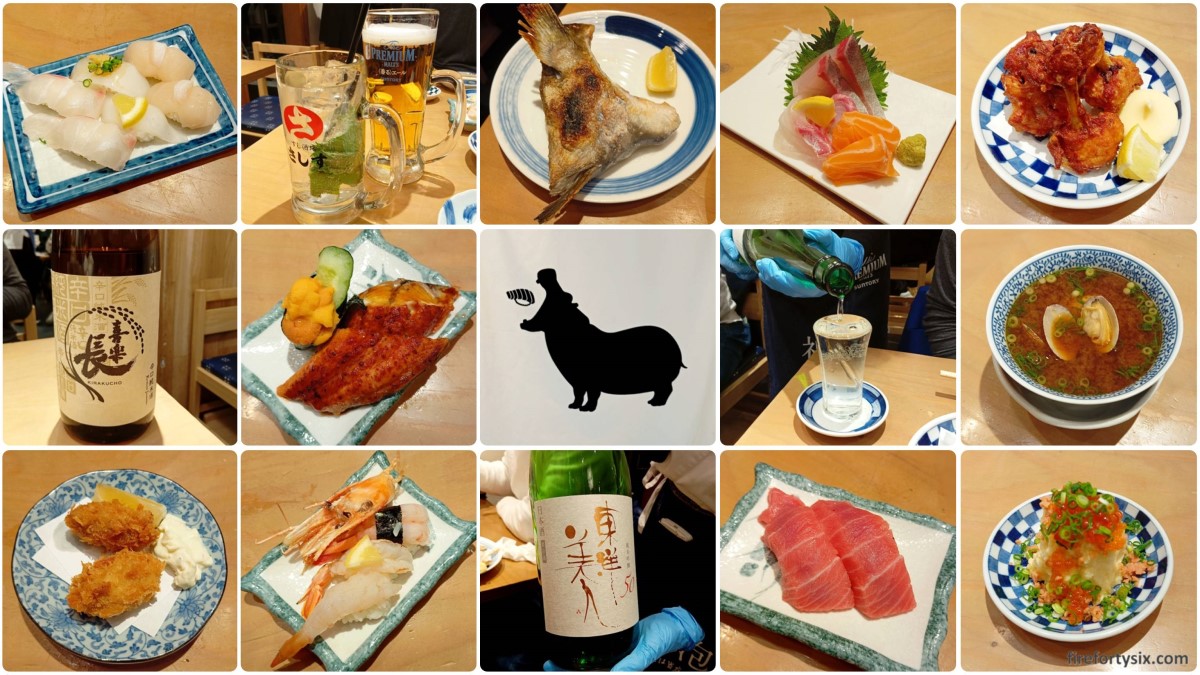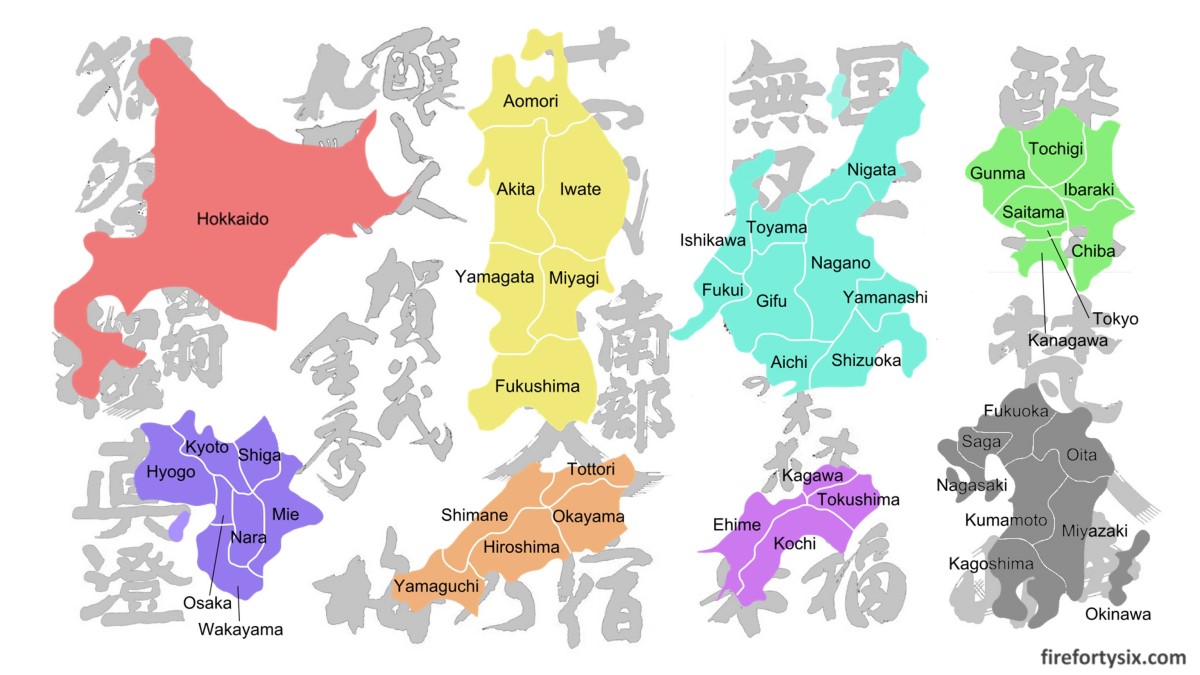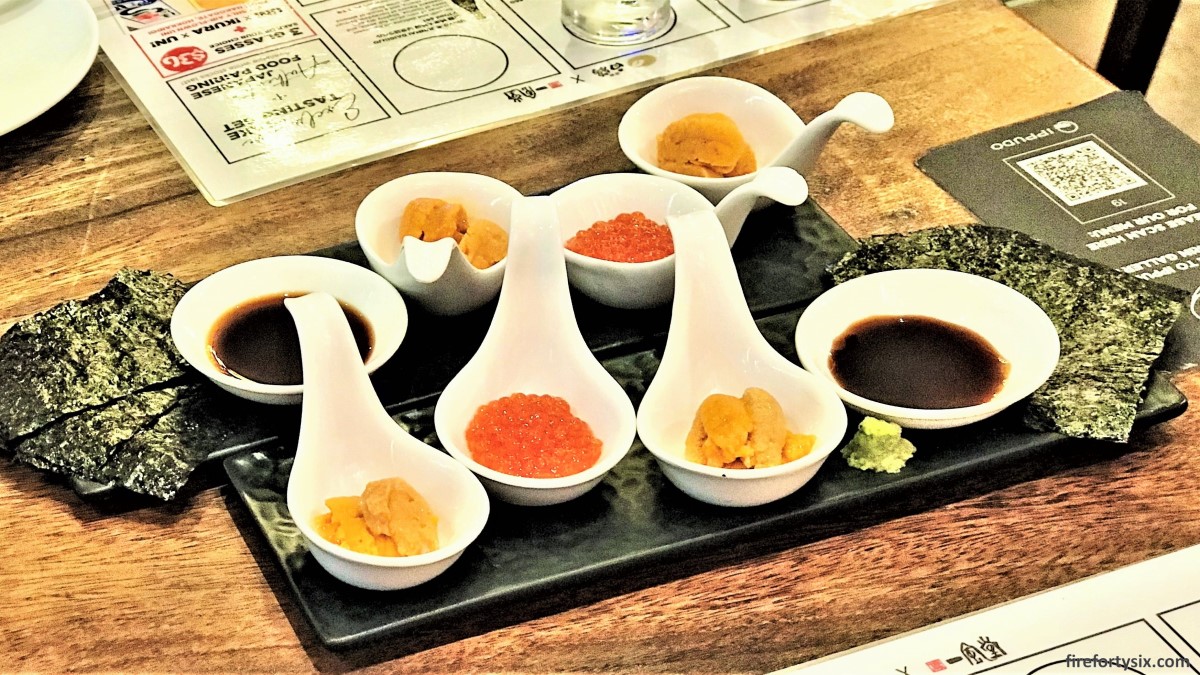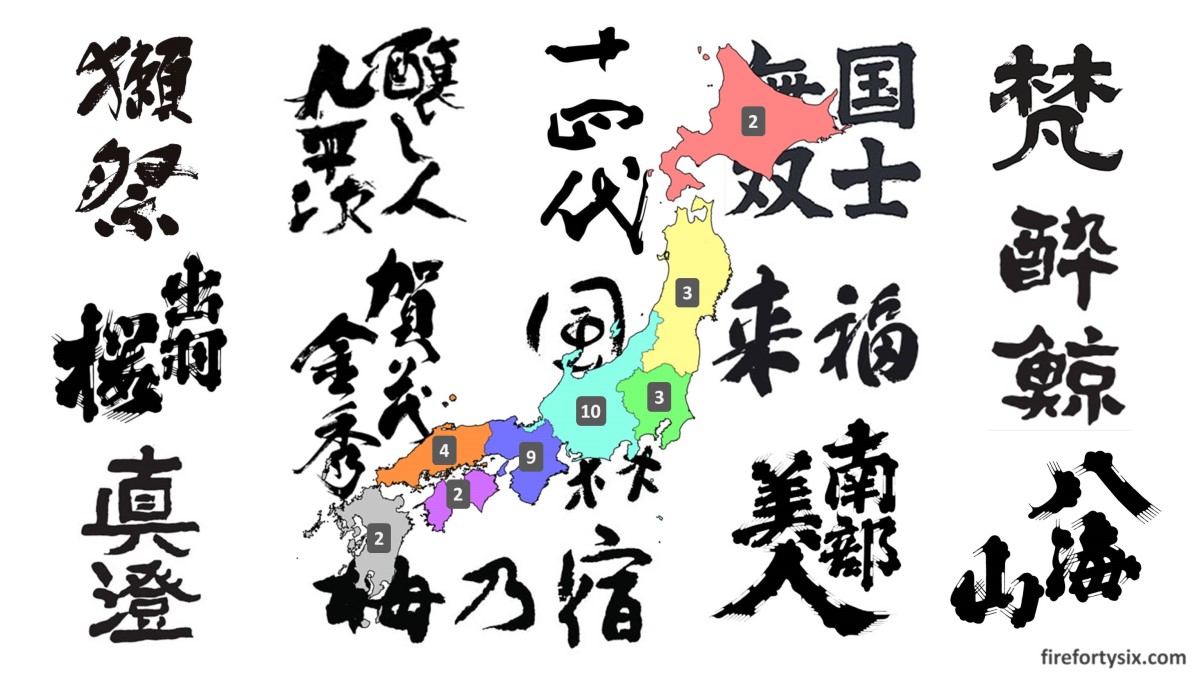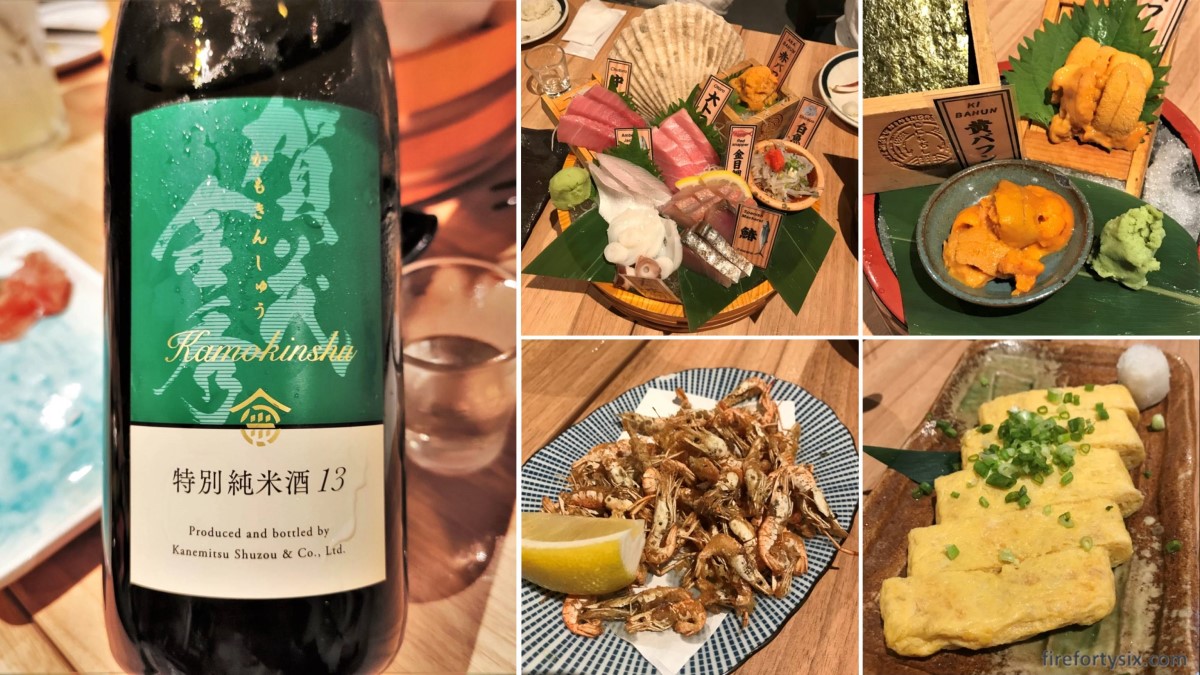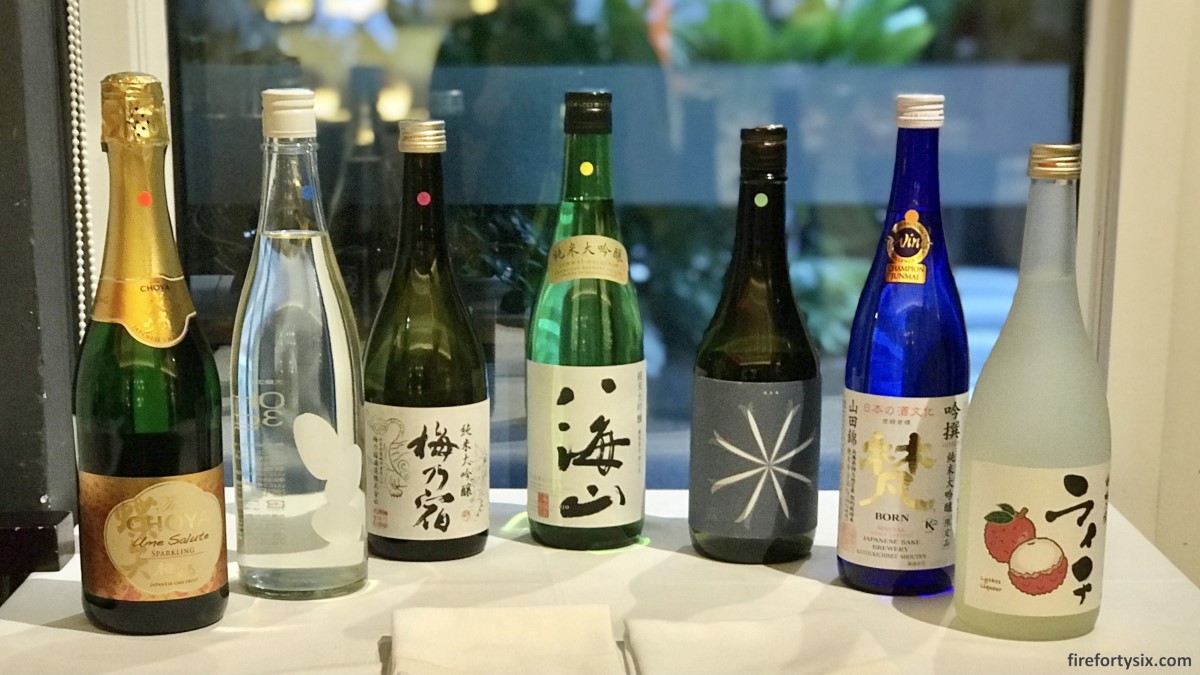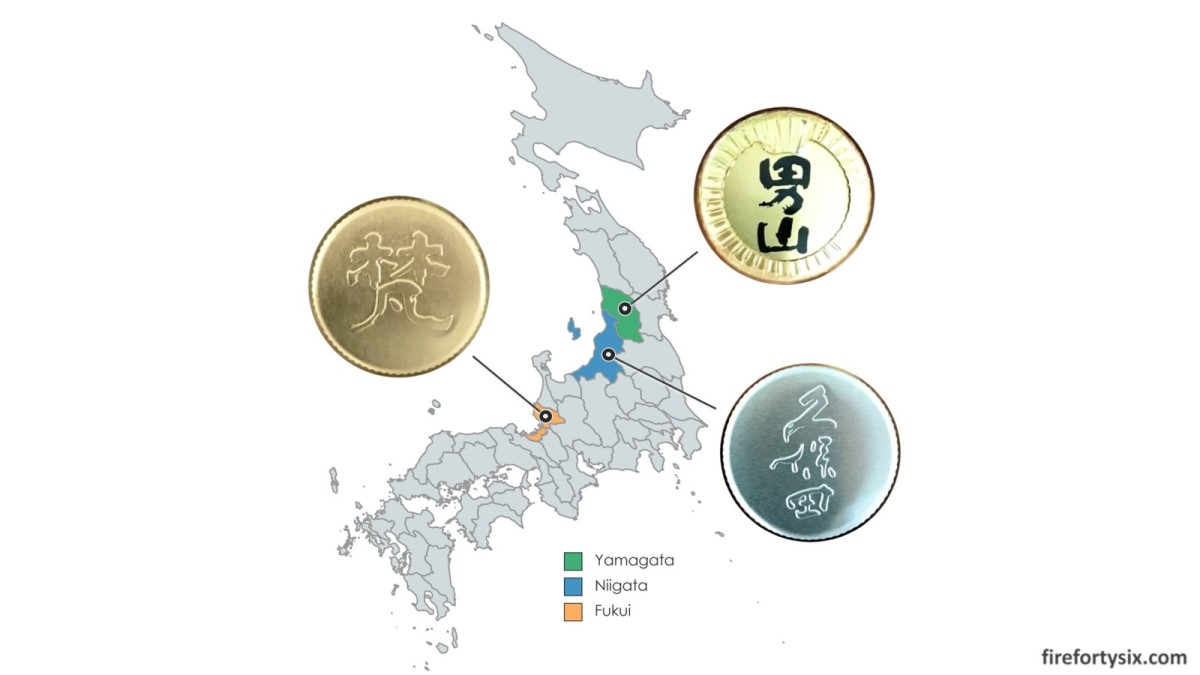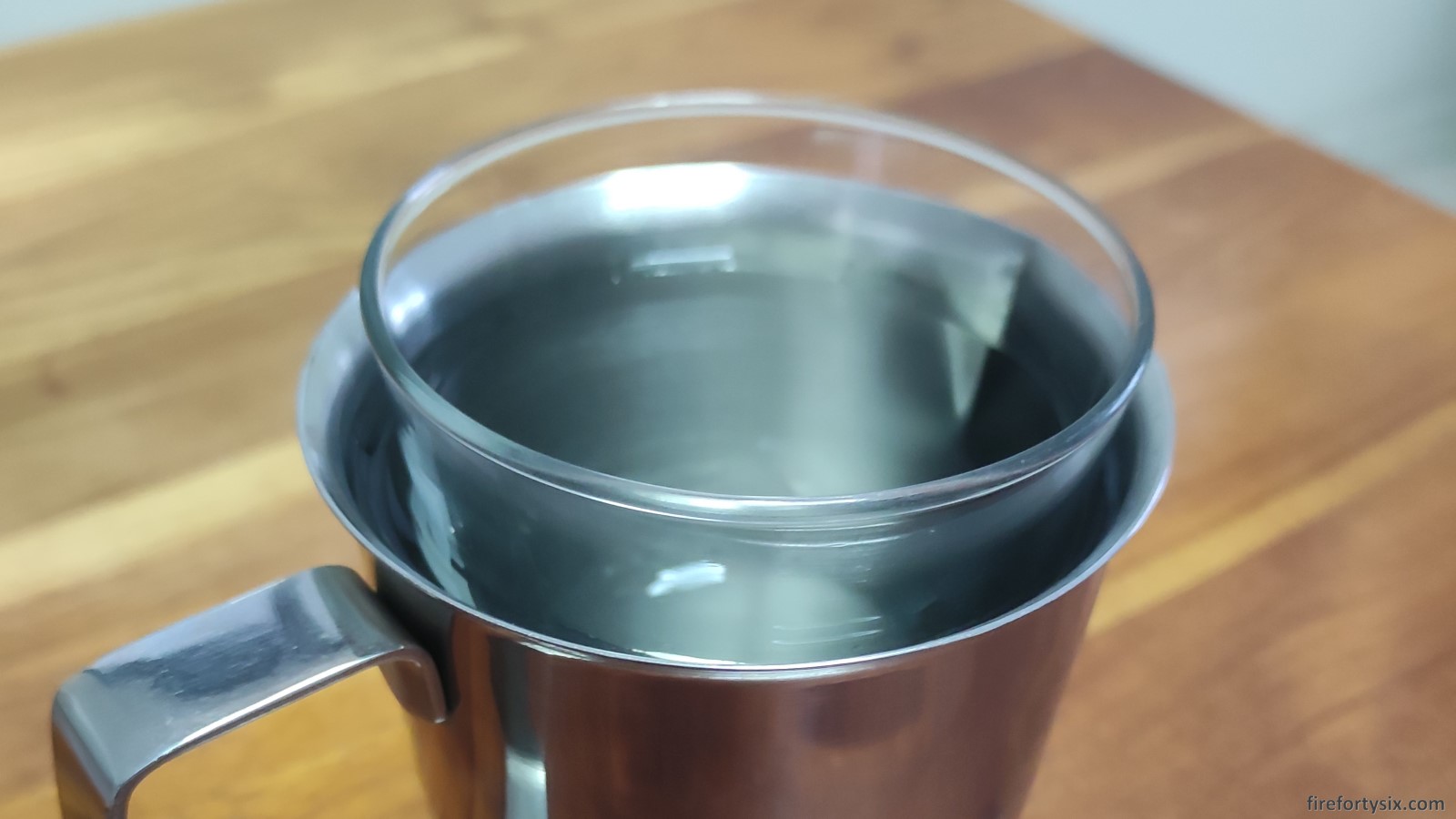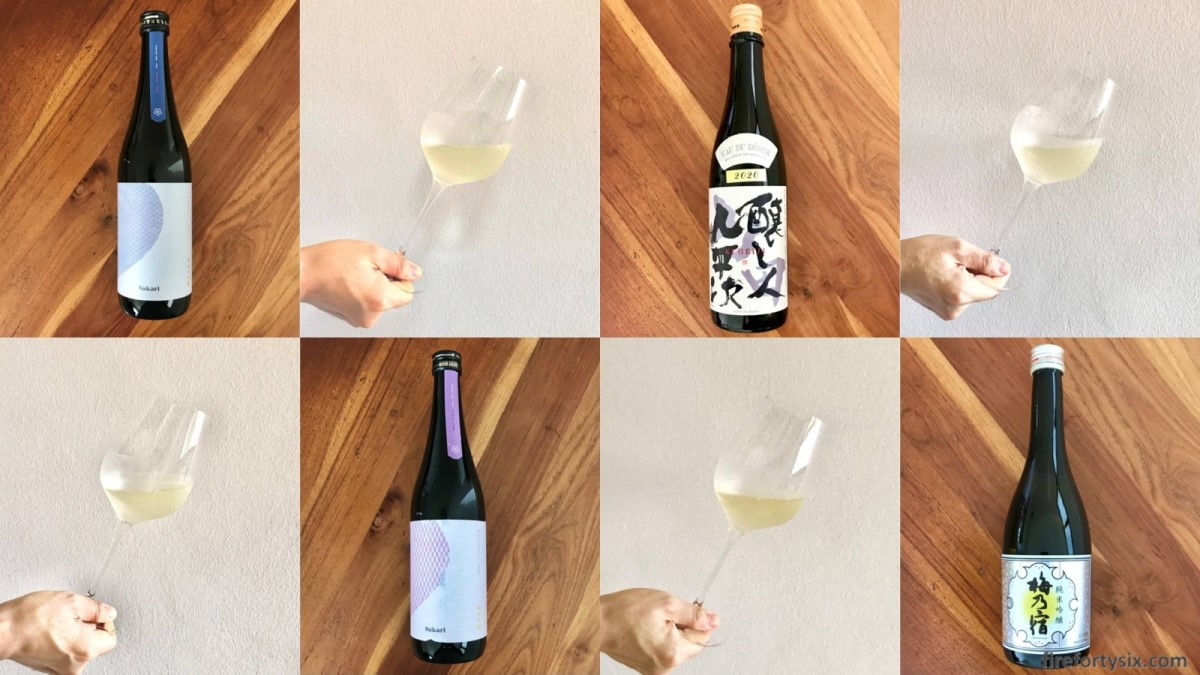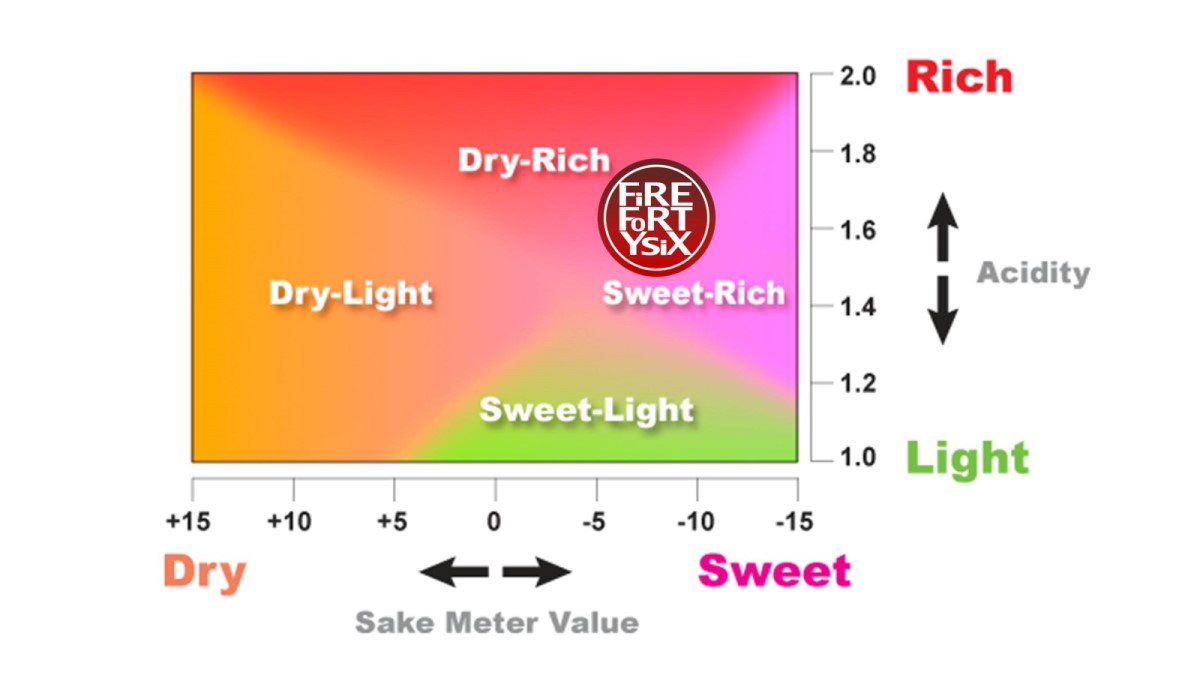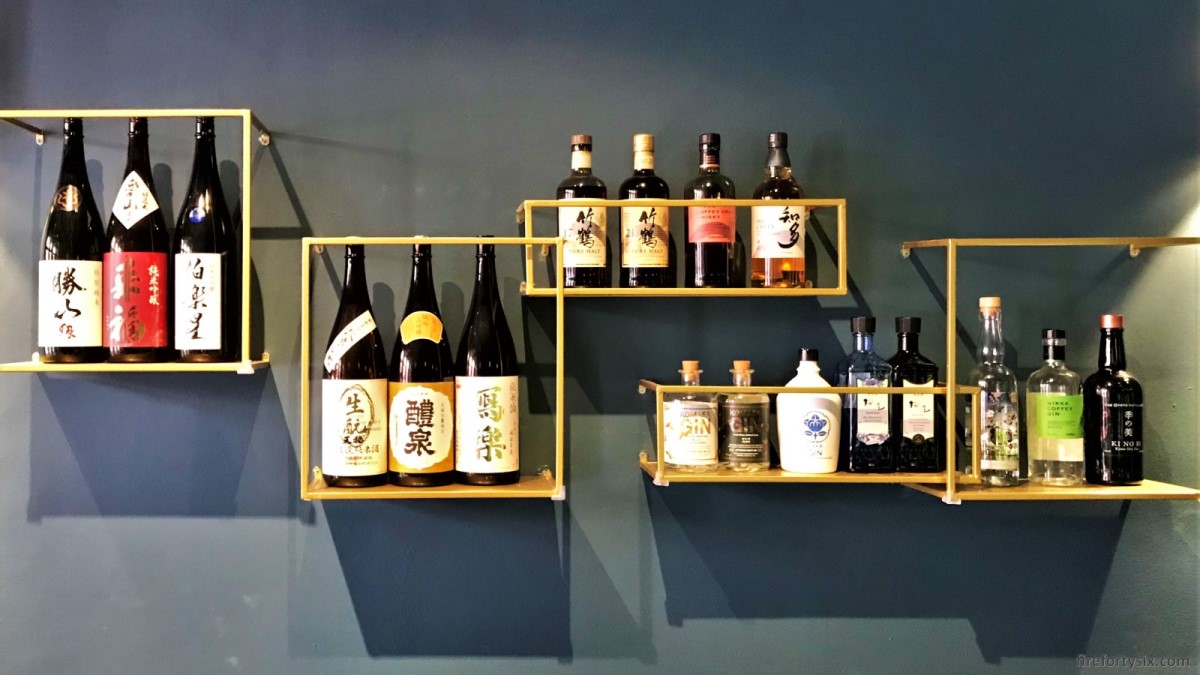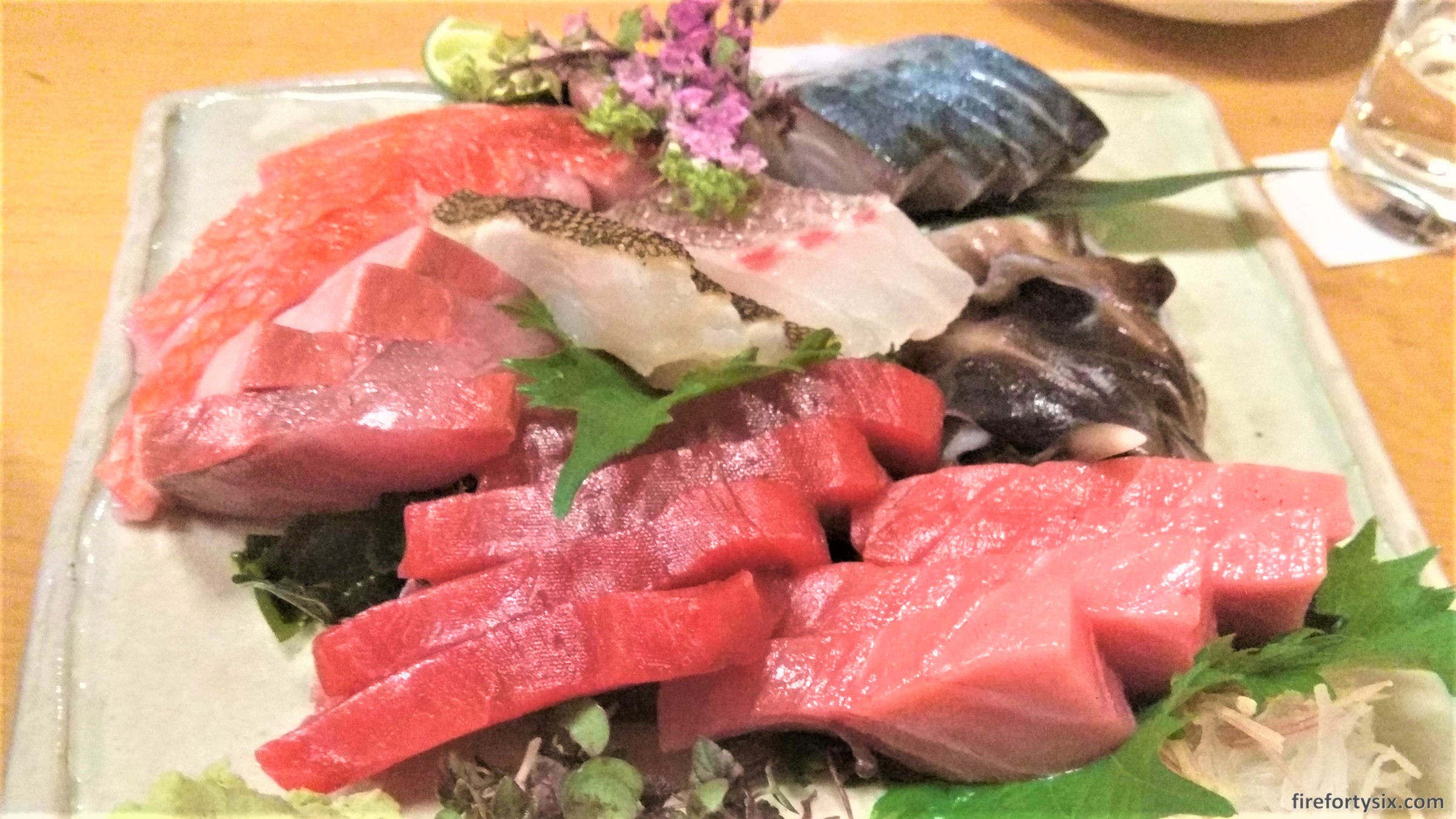It’s been more than a year since we started on our sake exploration journey, with junmai daiginjos forming the majority of the bottles that we’ve tried. For sake newbies like us, I figured that they would be a safe choice as we’re partial to smooth-tasting fruity sakes.
The issue with any alcohol-related hobby in Singapore is just how expensive it is. The price difference between Japan and Singapore, of the exact same bottle of sake, can easily be 3-4 times, and sometimes even more.
And that’s just comparing retail prices when buying from online or physical stores. The sticker shock is even worse in restaurants, where an additional 2-3x markup is common. But to be fair, it applies to all alcoholic drinks in Singapore, not just sake.
For example, wines tend to be priced significantly higher in restaurants, probably due to higher interest and hence demand. Though I have noticed an increasing trend of sake being included in drink menus, even if the selection is limited.
To maximise cost/performance, we’ve done most of our sake drinking in the comfort of home. Especially during the pandemic, when we seriously curtailed our frequency of dining out. But when safety management measures loosened, we ventured out for a special sake pairing dinner featuring mostly junmai daiginjos.
It was a Chinese course dinner and the food was particularly good. The sake pairing, unfortunately, didn’t quite match up. Our takeaway was that junmai daiginjos are probably too delicate for dishes with robust flavours.
Drunk chilled, either as an apéritif or post-meal digestif, they tend to do quite well. They’re generally smooth, with light and fruity notes that are a pleasure to both the nose and palate. Most of the bottles we’ve had have been good, but three in particular stood out.
The first is the Kuheiji “Eau du Désir” Junmai Daiginjo (醸し人 九平次 純米大吟醸) from Aichi prefecture. I’ve had in Tokyo before and was surprised to find it available for sale online in Singapore, albeit at a much steeper price.

It’s slightly effervescent and the bottle opens with a satisfying pop. Despite the high acidity of 1.7, the taste is quite light and very easy to drink on a daily basis. At an SMV of zero, it’s a nice balance of sweetness and dryness, leaning ever so slightly on the sweet side of things.
Kuheiji releases a broad range of different sakes at different price points, and this happens to be one of the more affordable ones. I’m curious what their other bottles taste like, especially the “Sauvage” made with Omachi rice and will probably buy a bottle to try one day.
The second bottle that deserves a special mention is the Born Junmai Daiginjo Gold (梵 無濾過 純米大吟釀) from Fukui prefecture. This muroka (無濾過) sake hasn’t undergone charcoal filtration, giving it a nice golden hue.
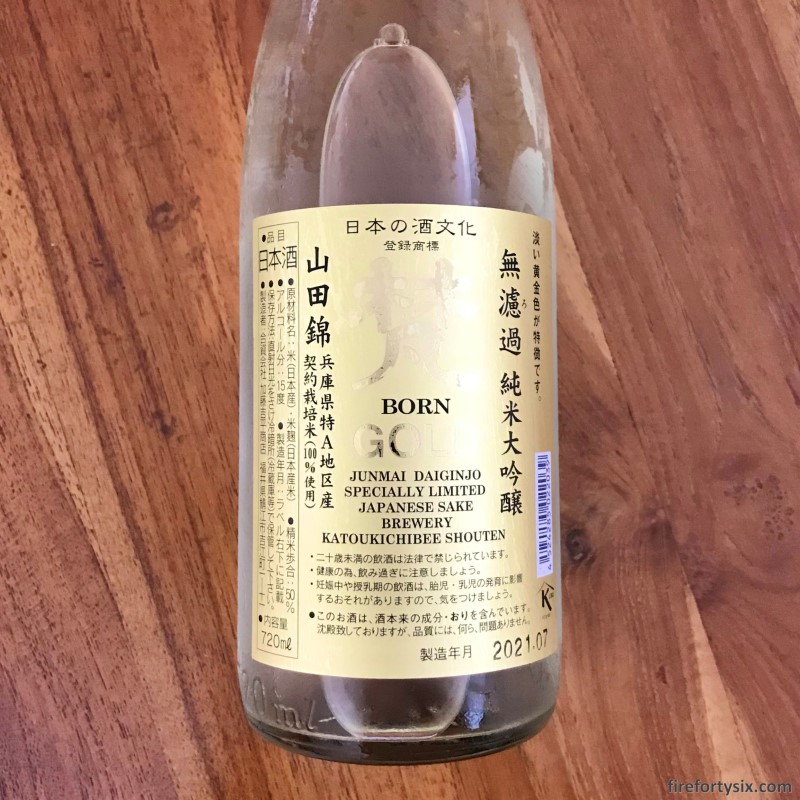
To drive home the point, the brewery chose to go with a golden label, golden lettering and a golden bottle cap. I’m glad they didn’t go overboard and add gold flakes into the drink, but the thought must have gone through their minds at some point in time.
Like the Kuheiji, this also has a fruity scent and taste but with a more robust flavour. The aftertaste lingers on for quite some time, with hints of honey surfacing in every sip. This is easily The Wife’s favourite bottle, and while we bought it online, we’ve also seen it in the chillers at Isetan Orchard.
The third bottle, and one that we’ve only recently opened, is the Keigetsu Cel 24 Junmai Daiginjo (桂月 CEL 24 純米大吟醸), from Kochi prefecture. Unlike the previous two sakes that were made with Yamadanishiki rice, this was brewed using the Gin no Yume rice varietal.
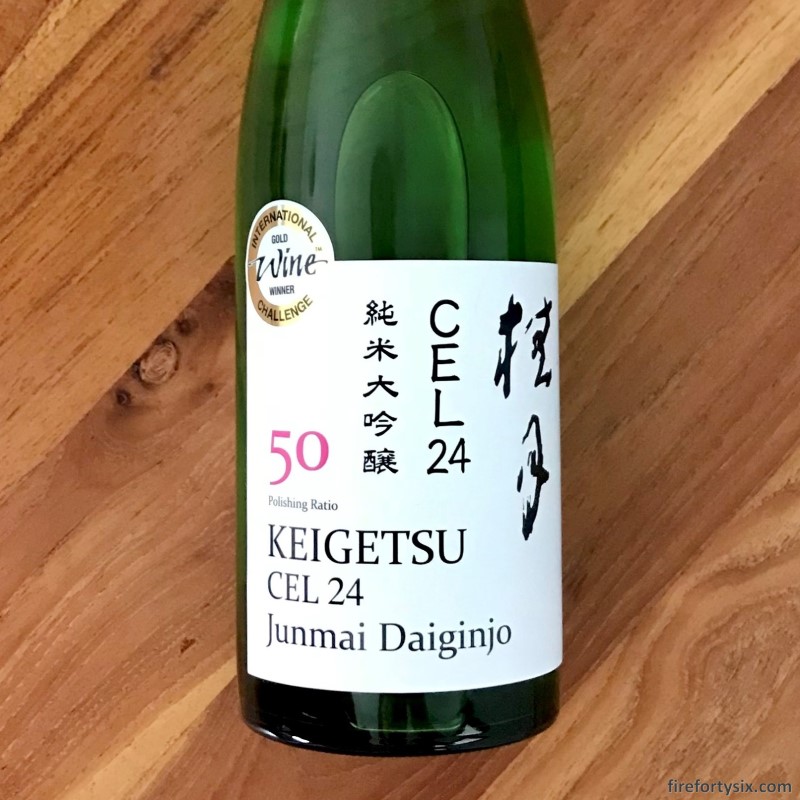
It uses a special yeast (Cel 24), also from Kochi prefecture, which imparts a characteristic pineapple-ly and banana-ey flavour. This junmai daiginjo is fruit-forward and sweet, but not in a cloying way.
The pineapple notes are dominant and hit you right away, with bananas bringing up the rear. It’s rich tasting, even more so that the Born Gold, and holds up surprisingly well with cream pasta, spicy food and also desserts.
Here’s a table summarising the key characteristics of our favourite junmai daiginjos so far, ranked by my personal preference. They’re all quite close though, and I’d gladly drink any of them on a regular basis.
| Rank | Sake | Prefecture | Rice Varietal | SMV | Acidity |
|---|---|---|---|---|---|
| 1 | Keigetsu Cel 24 JDG | Kochi | Gin no Yume | -4.0 | 1.4 |
| 2 | Born Gold JDG | Fukui | Yamadanishiki | +1.0 | 1.6 |
| 3 | Kuheiji Eau du Désir JDG | Aichi | Yamadanishiki | +0.0 | 1.7 |
We’ll continue exploring more junmai daiginjos on our on-going sake journey. But given our recent discovery of oishii non-JDGs which paired very well with Japanese food, the focus has shifted more towards junmais, tokubetsu junmais and ginjos.
Including those on the drier end of the spectrum, which we initially assumed wouldn’t suit our tastes, but have since been pleasantly proven wrong.
So, if you’re also exploring the wonderful world of sake, don’t forget to expand your horizons and go beyond your comfort zone. You might actually find delicious bottles that you wouldn’t normally even try.
